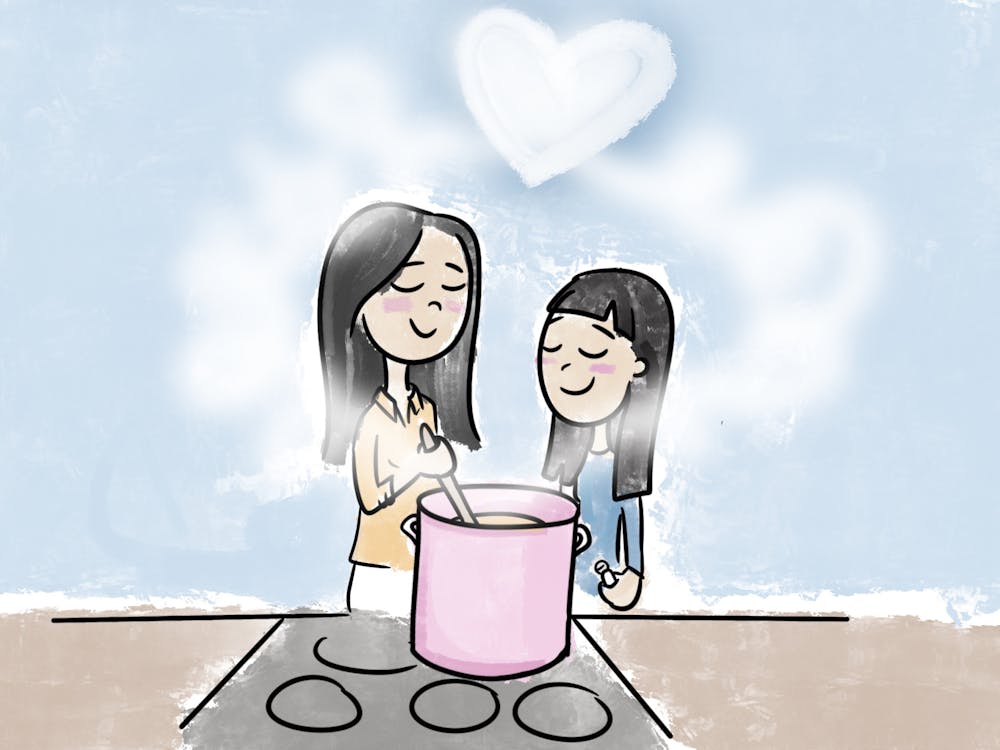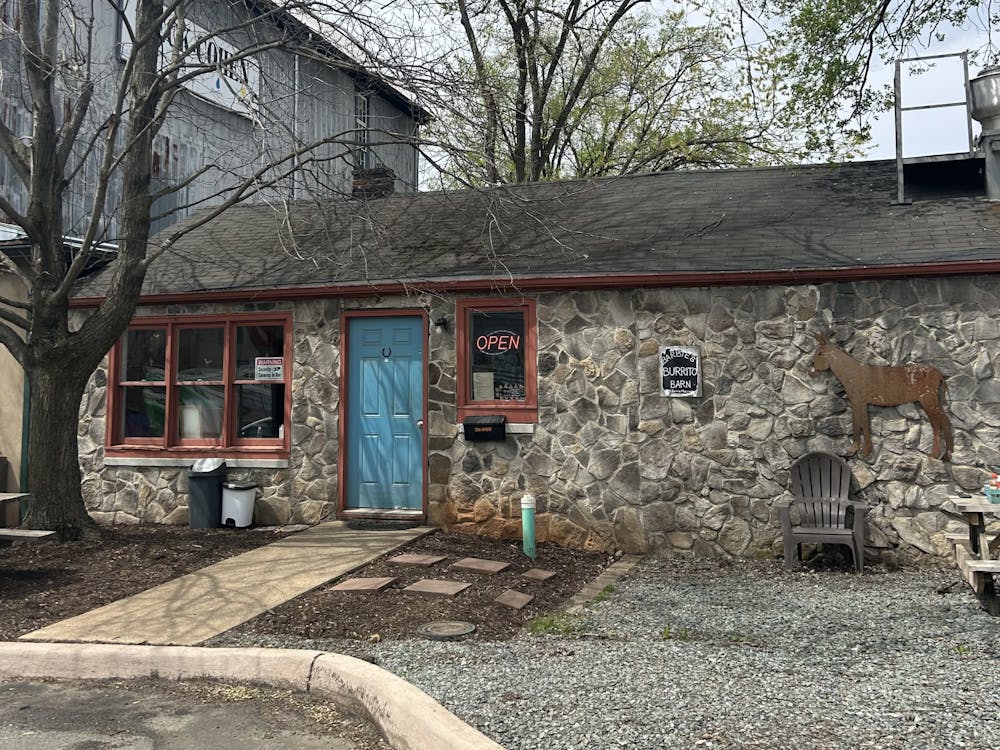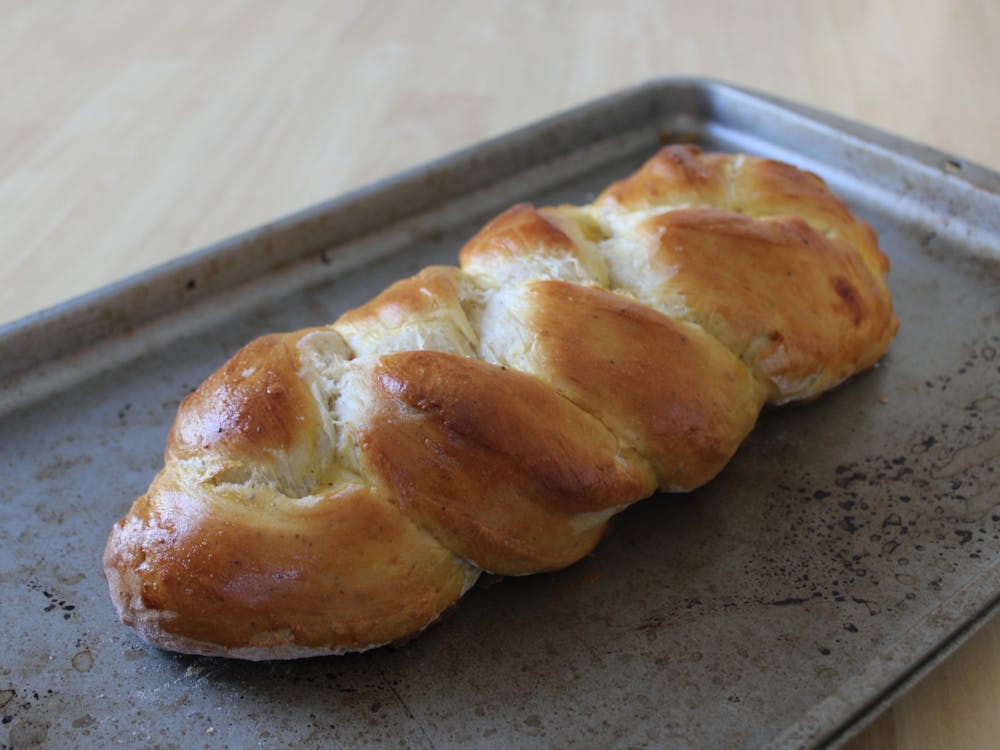The early 1970s were a time of change at the University: changes in quality of education, changes resulting from the introduction of coeducation, changes in the growing diversity of the student body. Amid this evolving atmosphere, some members of the University community thought one prominent member of the University seemingly was not keeping up with the University's progression: Despiteefforts to welcome black students to the community in he 1970s, University President Frank L. Hereford continued to maintain his membership in the whites-only Farmington Country Club.
Several University alumni who worked for The Cavalier Daily, an alumnus who participated in the Black Student Alliance and Student Council and Ernest Ern, former vice president for student affairs, gathered in Newcomb Theater last night to recall the atmosphere of the University during the early 1970s and the series of events in the 1975-76 school year that led to Hereford's decision in early 1976 to end his Farmington membership.
Dusty Melton, editor-in-chief of The Cavalier Daily from 1975 to 1976, recalled the controversy surrounding Hereford's Farmington membership as "the last wrenching event that brought the University out of a long, storied tradition into some newer age," noting that, in the years preceding the Farmington scandal, the University had faced several milestone changes, including the decision to admit women and the elimination of the mandatory coat-and-tie attire in the classroom.
The number of black students at the University also grew dramatically during these years. Ern noted that, in the early to mid-1960s, the University received only a handful of applications from black students each year. By 1970, however, after the University increased its recruitment efforts, the entering first-year class had about 100 black students, he added.
Students who sought to learn more about their changing environment had few resources to turn to in those days before 24-7 news networks and Internet access, Melton said, noting The Cavalier Daily was "everyone's news portal to the entire University."
When The Cavalier Daily first printed that Hereford was a member of Farmington, many students did not know what to think about the issue, recalled Grady Hedgespeth, a former member of the Black Student Alliance, Student Council and Resident Staff.
"In the black community, we were pissed, but it didn't surprise us," Hedgespeth said. "What really got us was the refusal of President Hereford to see what it did in terms of sending a signal to the black students of this school."
Melton said he believes Hereford saw his membership as an opportunity to createchange in Farmington's culture.
Hedgespeth said the development of strong black Greek organizations gave the University's black community members support and the opportunity to get involved with this issue and others facing the entire University community.
"I think this was very critical because we could have stayed within our community, and we explicitly chose not to," said Hedgespeth, a member of the Omega Psi Phi fraternity.
In order to effect change, black students chose to utilize the press to advocate their causes.
"We could have our conversations with The Cavalier Daily and with the Declaration, and we could be sure that stories were being written," Hedgespeth recalled. "It set the stage for some very dramatic events."
The Cavalier Daily, too, was experiencing change and seeking to question events on Grounds as well, recalled former news reporter Jim Reagen.
"By the 1970s, the editors sort of broke away from a lot of the secret society ties, the fraternity ties ... and started becoming an institution that wanted to question what was occurring on the Grounds, to take a look at the issues that people had not been paying a lot of attention to," he said.
The decision of members of the black community to reach out to The Cavalier Daily enabled the newspaper to play "an important role" in informing the community that "there were a lot of things that had to be done," Reagen noted.
Before a major student reaction, Hereford spent several months to attempt to change the club's policies. After a vote by Farmington members indicated change in membership policies would not occur, students began to take more action.
Bob Garsson, former executive editor of The Cavalier Daily, said Managing Board members did not seek to convince Farmington to change its policy; rather, they believed the leader of the University should not be associated with the organization.
Student dissatisfaction and frustration climaxed with a meeting one night in Old Cabell Hall, where 900 students gathered in order to voice their grievances to Hereford, Hedgespeth recalled.
Though students expected to speak to Hereford directly, they instead were greeted by Ern. When Melton learned Hereford was attending a theater production with a donor instead of the forum, he announced his discovery to the assembled students.
"A simple news story became a thermonuclear event," Melton said.
The assembled students marched out of Cabell to Carr's Hill, where they awaited Hereford's return.
The strong student reaction led to the creation of a minority affairs office, which eventually led to the creation of the Office of African-American Affairs and the hiring of the first OAAA dean, Bill Harris, Ern remembered.
It was because of advancements such as these that The Cavalier Daily won the Robert F. Kennedy Journalism Award, rather than the fact that Hereford ended his membership in the club later that year, Melton noted.
"The Kennedy Award is really reflective not so much of this symbolic victory, but of tangible events by an awful lot of people and an awful lot of organizations that year," he said.




